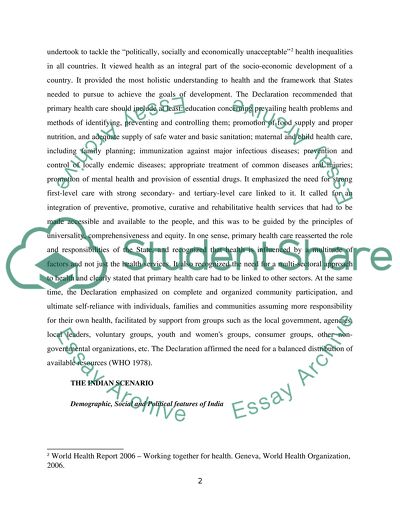Cite this document
(“Primary Health Care in Developing Countries Essay”, n.d.)
Retrieved from https://studentshare.org/miscellaneous/1518587-primary-health-care-in-developing-countries
Retrieved from https://studentshare.org/miscellaneous/1518587-primary-health-care-in-developing-countries
(Primary Health Care in Developing Countries Essay)
https://studentshare.org/miscellaneous/1518587-primary-health-care-in-developing-countries.
https://studentshare.org/miscellaneous/1518587-primary-health-care-in-developing-countries.
“Primary Health Care in Developing Countries Essay”, n.d. https://studentshare.org/miscellaneous/1518587-primary-health-care-in-developing-countries.


